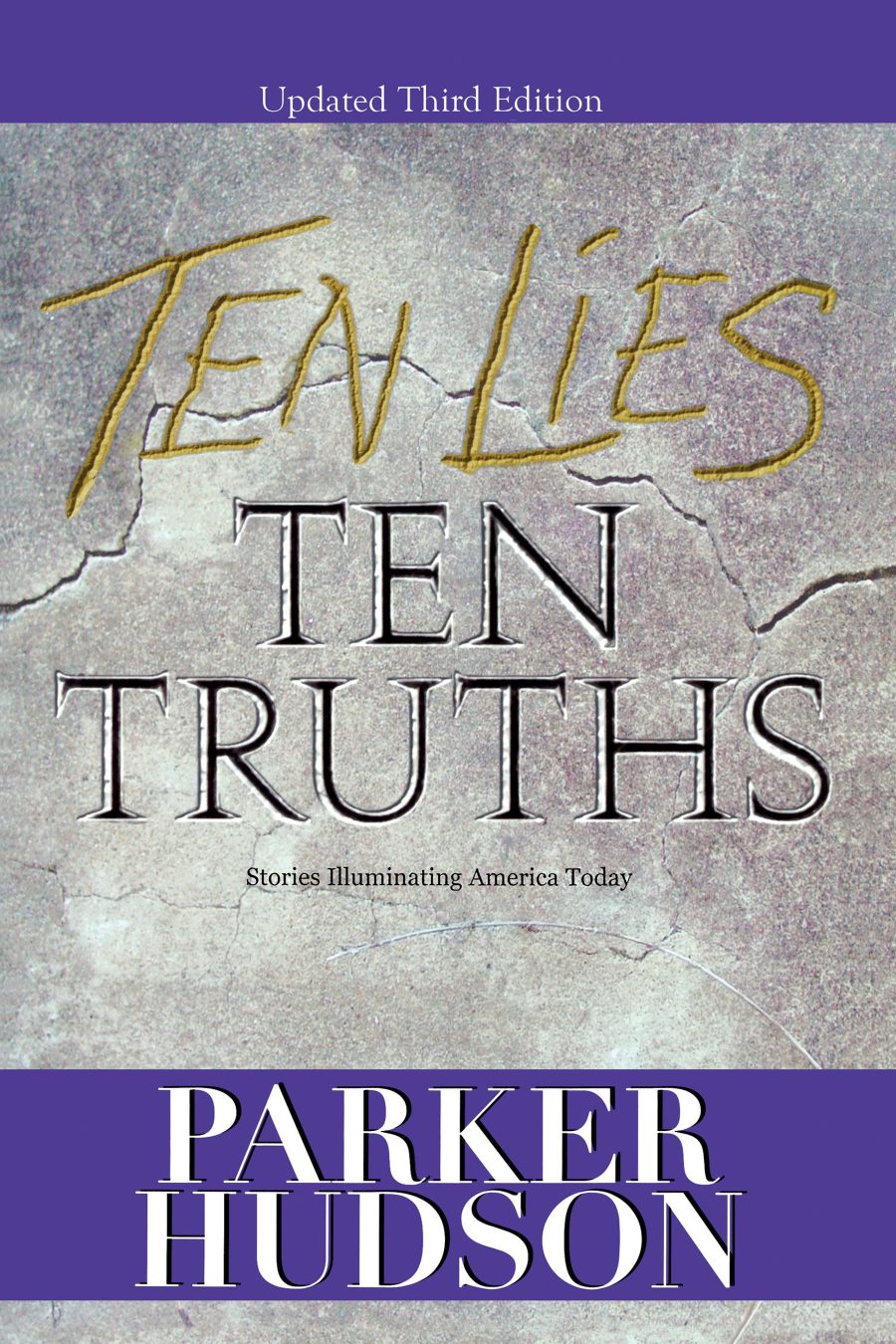Henry Hazlitt was a great Economist. As I first mentioned nine months ago, Hazlitt wrote Economics in One Lesson in 1946, then updated in 1978. It reads like today’s news, because it is filled with economic truth, not political or editorial wishful thinking.
Members of Congress, the President, and practicing journalists should all be required to memorize the following excerpt from Chapter 15:
“In studying the effects of any given economic proposal we must trace not merely the immediate results but the results in the long run, not merely the primary consequences
 but the secondary consequences, and not merely the effects on some special group but the effects on everyone…It is foolish and misleading to concentrate our attention merely on some special point—to examine, for example, merely what happens in one industry without considering what happens in all. But it is precisely from the persistent and lazy habit of thinking only of some particular industry or process in isolation that the major fallacies of economics stem.” (Emphasis added).
but the secondary consequences, and not merely the effects on some special group but the effects on everyone…It is foolish and misleading to concentrate our attention merely on some special point—to examine, for example, merely what happens in one industry without considering what happens in all. But it is precisely from the persistent and lazy habit of thinking only of some particular industry or process in isolation that the major fallacies of economics stem.” (Emphasis added).
Hazlitt’s point is that the immediate result of a law, regulation or policy created to benefit one group may look good in the short run, but it may also prove to be a total disaster for the rest of us, and for the economy as a whole. And there is always this follow-on result—it is not optional.
One of the best examples of this unseen but powerful tsunami is the recent Op-Ed piece in The Wall Street Journal by T.J. Rodgers, entitled “Targeting the Wealthy Kills Jobs”. Mr. Rodgers shows in great detail how money taxed from him as a business creator and owner results in net fewer jobs—far fewer—despite these taxed funds supposedly being spent on stimulus projects.
We are shown stock video of crews paving streets, or of bridges being built two years earlier. Feels good. Great video. Case closed. But it’s a tragic illusion. What we don’t see are all of t he jobs in private industry that don’t exist because the investment funds weren’t there to create them.
he jobs in private industry that don’t exist because the investment funds weren’t there to create them.
Hazlitt had that insight sixty years ago. Imagine what he would say today, when an otherwise important news story which lacks appealing video may not even be reported. People want to see everything. But you can’t see jobs that don’t exist, or an education that can’t be paid for.
What are some other current examples of this invisible-is-still-real phenomenon?
We can see the jobs that were “saved” in Detroit (traditional bankruptcy court would have also saved them), but what we don’t see are all of the bondholders who cannot afford to pay for their children’s education, or to retire. Or the jobs that would otherwise have been added to the booming auto industry in the South.
We can see the artificially contrived low interest rates designed to stimulate the economy, which pump up equity values on Wall Street, and other commodities. By the way, when did the daily fluctuations of Wall Street become like a financial Weather Channel, with everyone’s wellbeing tied to the latest reading? Does the hardware store owner on main street care directly about Wall Street, when the jobs in her home town are drying up? Anyway, what we don’t see are the misallocations of resources because interest rates are no longer pricing real risk. And we don’t see all of the savers—generally older and conservative people—whose income is being stolen and transferred to borrowers and to Wall Street fund managers.
Finally, the national debt. We can see all of the services and the stuff that the government is spending money on. More and more and more. What we don’t see, yet, is what it’s going to be like to pay in the future for all that waste today. As I estimated in a post a year ago, when interest rates return to their historic norm of 5%, a tax paying family of five will have to pay about $17,000 per year, or $1,400 per family per month in federal taxes, just to fund the interest. 
Someone can make a video of the negative consequences that hit later, but almost no one will connect the dots back to the causes. As examples we will see students struggling with extra debt because their savings for education, or their parents’ savings, were wiped out. We will see the lines of extra former-workers dependent on Food Stamps, in part to subsidize farmers. And we’ll see interviews with people who have given up on ever finding the invisible jobs that don’t exist because the investment funds were taxed away and squandered.
The bottom line is that quick, highly visible “fixes” to help one group are usually a recipe for economic disaster, because the rest of us will be hit by the invisible but real disruptive consequences.


Comments